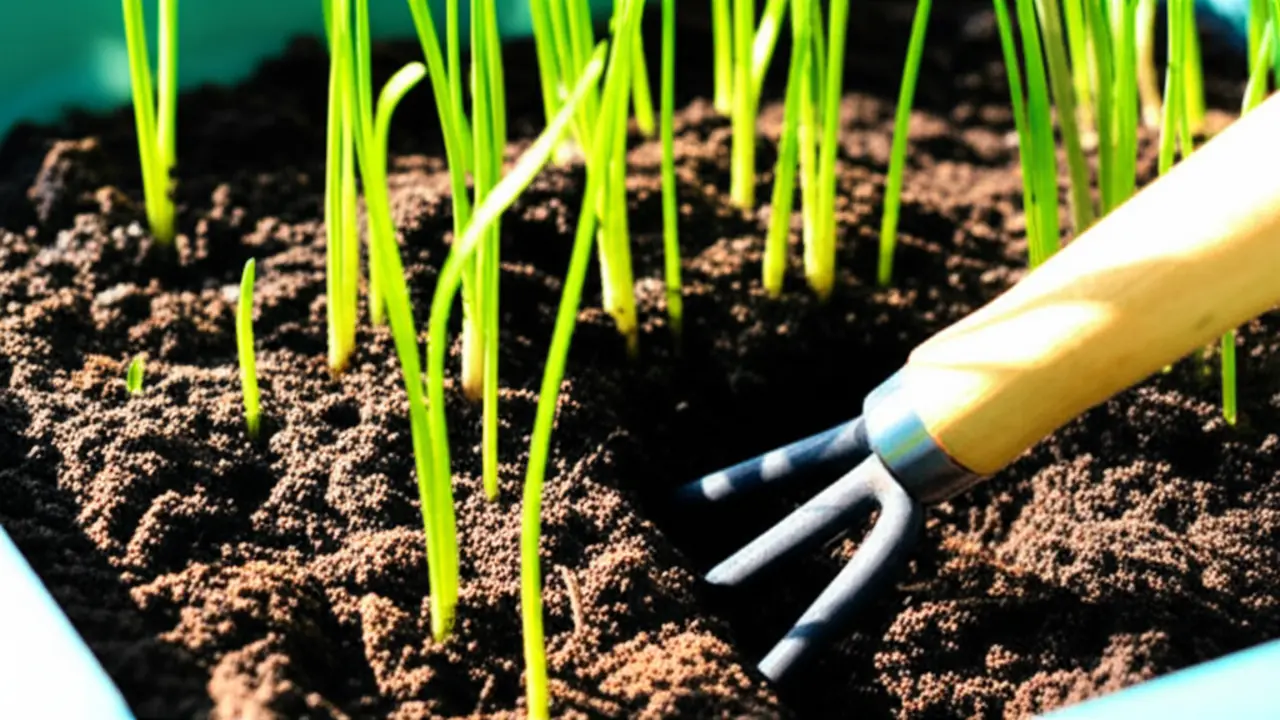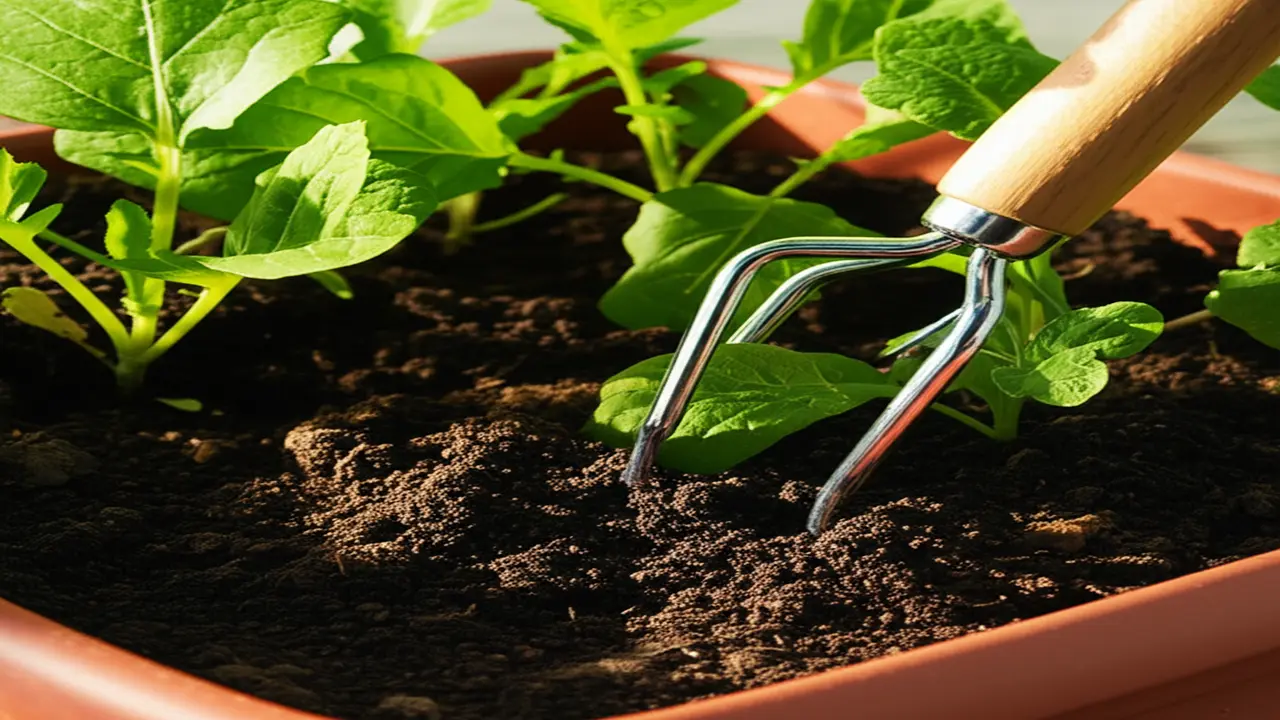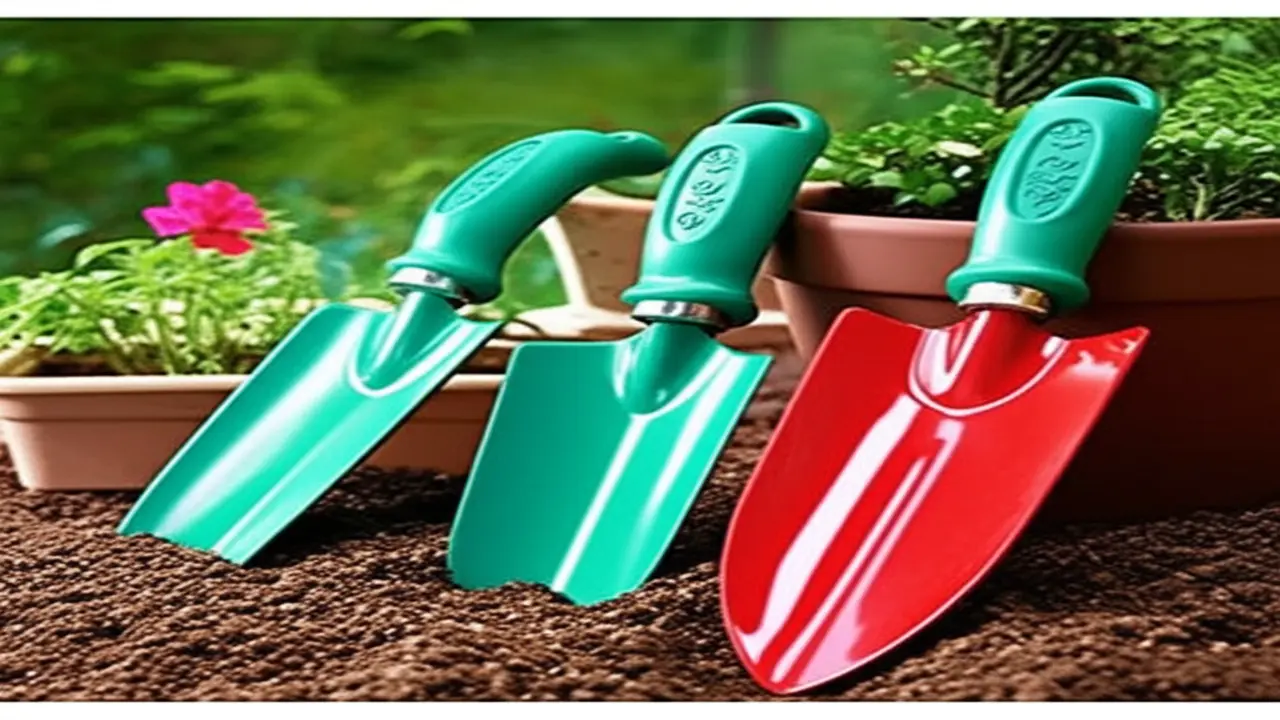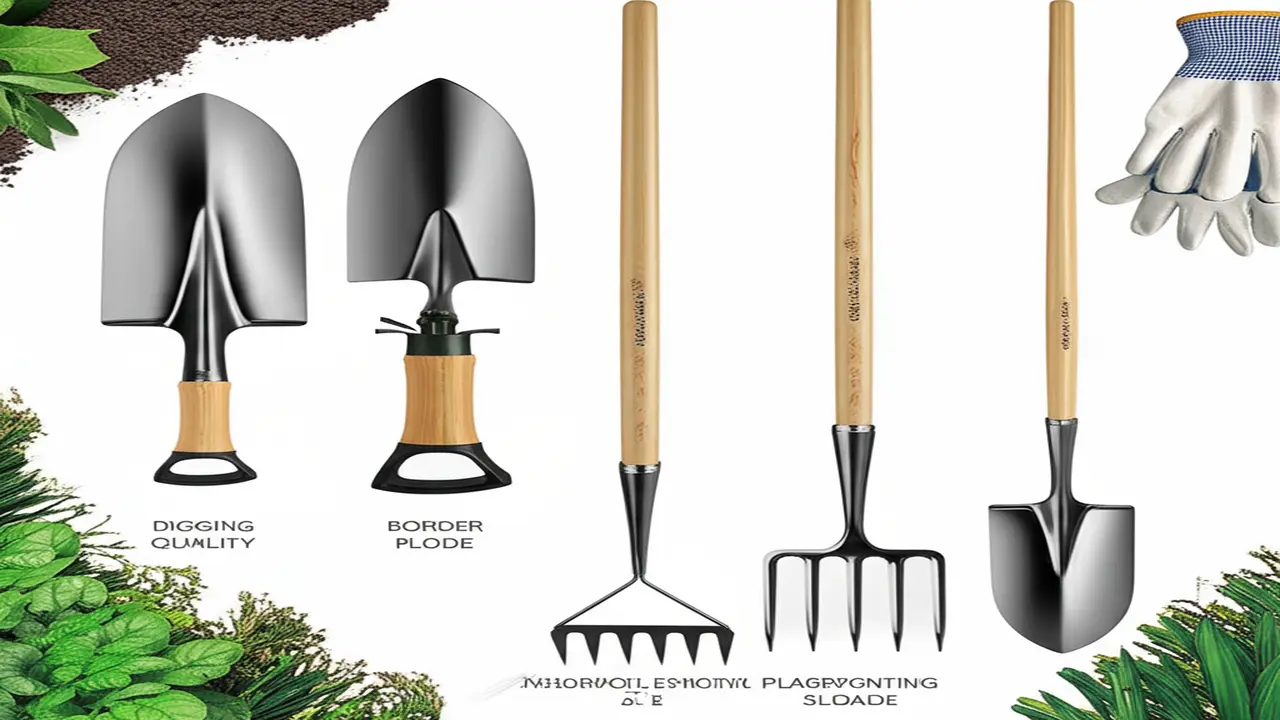Thank you for reading this post, don't forget to subscribe!
Hand Cultivator Container Gardening: Boost Soil Health & Plant Growth
I. Introduction: Unlocking the Secret to Thriving Container Plants
Container gardens present a distinct environment where soil conditions and space constraints differ markedly from traditional garden beds. The confined soil volume in pots demands careful handling to maintain soil vitality and support plant health. A key tool often overlooked in container culture is the hand cultivator, a simple yet powerful implement that plays an essential role in enhancing soil conditions for potted plants.
A hand cultivator is a small garden tool designed for loosening, aerating, and mixing soil with precision, especially vital in the restricted confines of containers. By regularly using a hand cultivator in container gardening, gardeners can significantly improve soil aeration, nutrient accessibility, and overall root health, leading to more vigorous plants.
This comprehensive guide will demystify the benefits and techniques of hand cultivator container gardening, providing expert insights to transform your container garden into a flourishing oasis.
II. The “Why”: Understanding Soil Health & The Necessity of Cultivation in Containers
The science behind soil compaction in containers reveals why cultivation is indispensable. Soil in pots tends to compact quickly due to limited space and frequent watering, which leads to several challenges for plant roots.
First, the limited soil volume results in rapid nutrient depletion, restricting plants’ access to vital elements needed for growth. Second, compaction contributes to waterlogging, with poor drainage increasing the risk of root rot—a common issue in container plants. Third, compacted soil reduces oxygen availability, crucial for root respiration and growth.
Using a hand cultivator can combat these issues effectively by providing gentle, targeted cultivation that prevents soil from becoming dense and impermeable. Regular cultivation optimizes aeration, facilitating oxygen exchange at the root zone, which is vital for root metabolism and nutrient uptake.
Additionally, improved water penetration and drainage are facilitated by loosening the soil surface, preventing runoff and uneven moisture distribution. This creates a more balanced and hospitable environment for roots, allowing fertilizers to dissolve and distribute evenly, enhancing nutrient absorption.

Cultivation also proves effective in weed control within containers, where unwanted plants compete fiercely for limited resources. Furthermore, integrating soil amendments such as compost or fertilizer through cultivation ensures even distribution and revitalizes tired potting mixes, extending their efficacy.
For gardeners interested in the science and impact of soil health on their container plants, authoritative insights can be found through resources like the Royal Horticultural Society’s soil advice.
III. The “How”: Mastering Hand Cultivator Techniques for Container Gardens
Knowing when and how to use a hand cultivator in container gardening is vital to enhancing soil quality without harming plants. The best times to cultivate include before planting, to prepare the soil, and during maintenance when signs of compaction appear such as crusted surfaces or slow water drainage.

Techniques vary by scenario. For gentle surface aeration, use the cultivator to break crusts lightly without disturbing the delicate root system below. When incorporating amendments, the tool helps mix fertilizers or compost evenly throughout the soil, ensuring nutrients reach all root areas.
Weed management with a cultivator allows precision removal without disrupting desired plants. To rejuvenate old or depleted potting mixes, the cultivator loosens compacted soil, restoring porosity and vitality.
Expert considerations include understanding the root zone to avoid deep digging that could damage roots, choosing the right cultivation depth, and recognizing that different container materials like terracotta, plastic, or fabric influence the cultivation approach to prevent damage. Frequency matters, with moderation to avoid stress on plants. Different species also require adapted techniques based on root depth.
Common errors include cultivating too aggressively, using unsuitable cultivators for specific pots, and overlooking plant stress signals such as wilting after cultivation. Avoid these to maintain plant harmony.
IV. The “What”: Choosing the Best Hand Cultivator for Your Container Gardening Needs
Selecting an appropriate hand cultivator for container gardening involves assessing several features tailored to small-scale soil handling.
Compact size and maneuverability are crucial to navigate tight spaces and delicate plantings. Tine or blade configuration determines function: three-tine cultivators offer versatility for aeration and mixing, while weeding forks or oscillating hoes allow precise weed removal. Hand or mini rakes excel at surface debris clearance and leveling.

Handle design is important for comfort, especially for extended use or users with smaller hands. Materials influence durability and maintenance; stainless steel resists rust, whereas carbon steel may offer sharper effectiveness. Handles vary from wooden to composites, each affecting weight and lifespan. Balance and light weight reduce fatigue during repetitive use.
For those seeking options in hand cultivators and related garden tools, detailed reviews and expertise on items such as ergonomic garden spades may offer useful parallels in tool selection.
Budget considerations often guide initial purchases, but investing in high-quality cultivators yields long-term gains through durability and efficiency. Choosing the right tool tailored to specific container needs will enhance cultivation success and plant health.
V. Beyond the Cultivator: Integrating Hand Tools for Holistic Container Care
While a hand cultivator excels in soil aeration and mixing, integrating other hand tools can provide a well-rounded container gardening toolkit. Trowels are ideal for digging and transplanting; forks assist with more robust soil turning, and simple implements like chopsticks aid in delicate root untangling.
Regular maintenance of your hand cultivator ensures peak performance: cleaning after use to remove soil residue, sharpening tines when necessary, and storing in a dry place guards against corrosion and physical damage.
Complementary practices include adopting optimal watering methods to avoid waterlogging, using mulches to stabilize moisture and temperature, and knowing when repotting or soil revitalization is the best strategy. Sustainable soil management, such as incorporating organic matter and rotating amendments, further supports container garden vitality.
For practical advice on container gardening techniques and tool integration, the University of Minnesota Extension offers excellent guidance: Container Gardening Tips from University of Minnesota Extension.
VI. Conclusion: Cultivate Your Way to a Flourishing Container Oasis
In conclusion, the humble hand cultivator is an indispensable asset in container gardening that profoundly influences soil health, nutrient absorption, and plant vigor. By understanding the science behind soil compaction, mastering expert cultivation techniques, and selecting the right tool, gardeners can unlock thriving growth in their container plants.
Empower your container gardening journey with these insights and practices, turning pots into lush mini-oases of productivity and beauty. With knowledge as your foundation and the right hand cultivator in your grasp, success blooms from the soil upward.
FAQs about Hand Cultivator Container Gardening
- What is the main benefit of using a hand cultivator in container gardening?
- It improves soil aeration, enhances nutrient uptake, and prevents compaction, thereby promoting healthier root systems and plant growth.
- How often should I cultivate the soil in containers?
- Frequency depends on soil condition, but generally light cultivation every few weeks or when signs of compaction and crusting appear is recommended.
- Can a hand cultivator damage plant roots in containers?
- If used carefully and shallowly, a hand cultivator will not damage roots. Avoid deep or aggressive cultivation to protect delicate root zones.
- What types of hand cultivators are best for small pots?
- Compact three-tine cultivators or mini rakes that fit well into restricted spaces are ideal for small containers.
- Is it necessary to fertilize when using a hand cultivator?
- Using a hand cultivator helps incorporate fertilizers evenly and makes nutrients more accessible, so regular fertilization paired with cultivation is beneficial.

